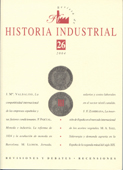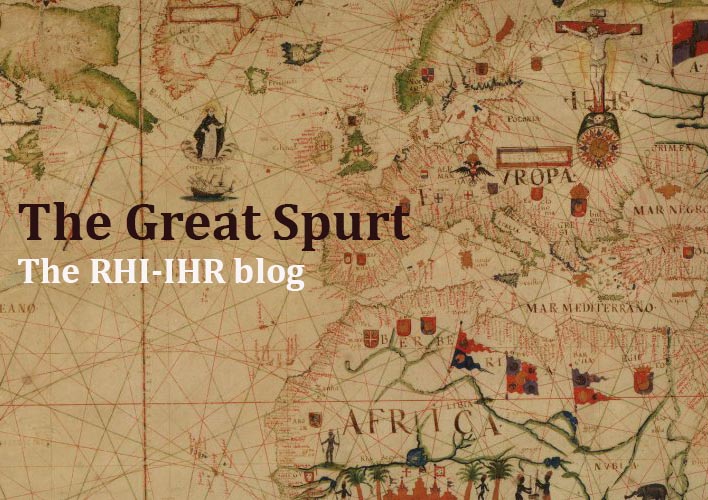Money and Industry: The 1824 Reform and the Coin-making in Barcelona (1836-1848)
Keywords:
Money, Industry, Barcelona, Money CurrencyAbstract
The article deals with the need to increase the monetary ofter at the beginning of any industrialisation process (in this case the Catalan one) much more than income growth. In Spain this process was greatly obstructed because of inadequacies inherents to the 1824 monetary reform. In this study these inadequacies are specified –the parity of the exchange of the Spanish “duro” with the five-franc coins, coin ratio and the tariffs level– and it is shown that between 1824 and 1848 the making of coins was extremely reduced in absolute and in relative terms. The second part of the article shows the way mint in Barcelona (between 1836 and 1848) was made, in considerable quantities, of golden coins. This was a necessary condition to create an issue bank in Barcelona (in 1844) able to generate an offer of paper-currency which dispelled for good the deflation pressure which hab ballasted the industrialisation take-off in Catalonia at ists beginnings.Downloads
Downloads
Published
How to Cite
Issue
Section
License
The author assigns all rights to the publisher. Creative Commons
The author who publishes in this journal agrees to the following terms:
- The author assigns all intellectual property rights exclusively to the publisher for the entire duration of the applicable intellectual property rights.
- The publisher will distribute the texts under the Creative Commons Attribution License, which allows others to share the work, provided that they acknowledge the authorship, its initial publication in this journal, and the conditions of the license.





